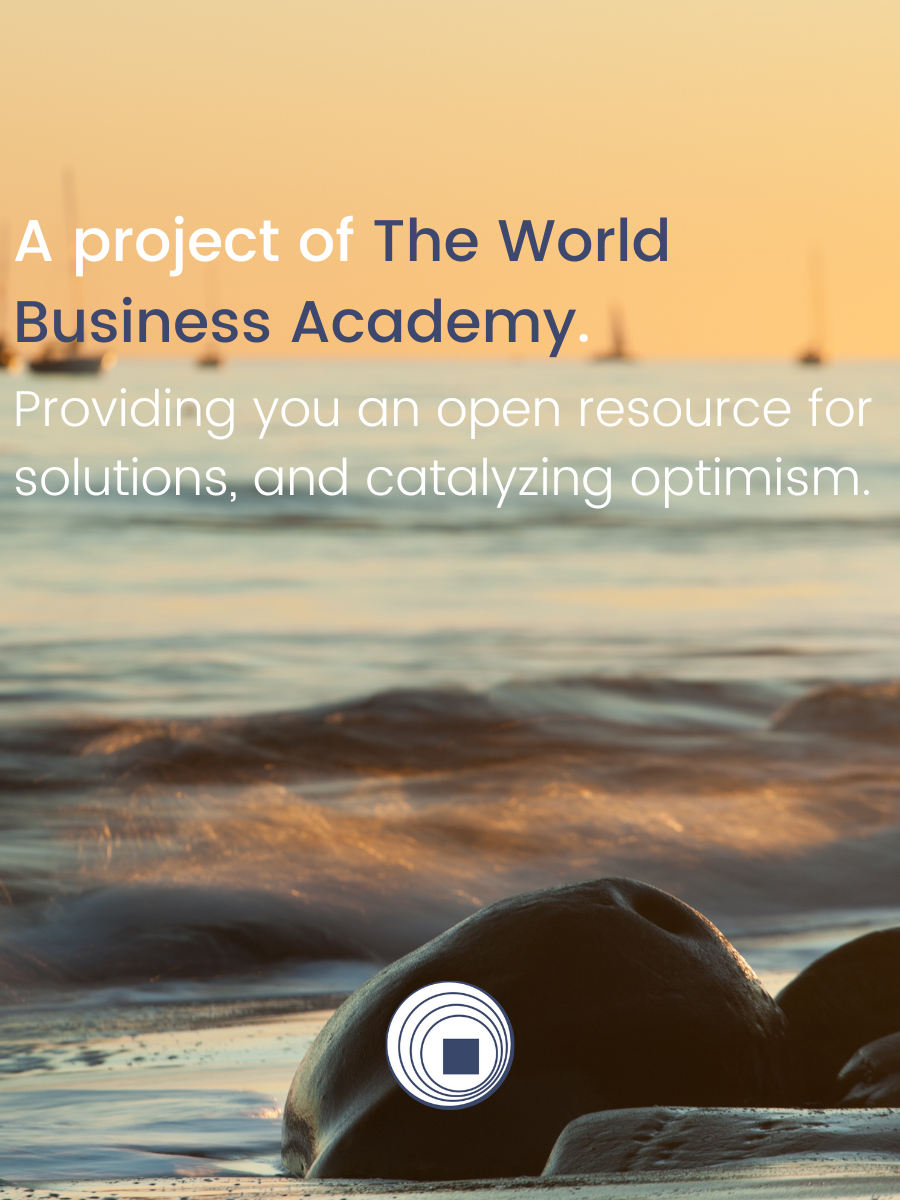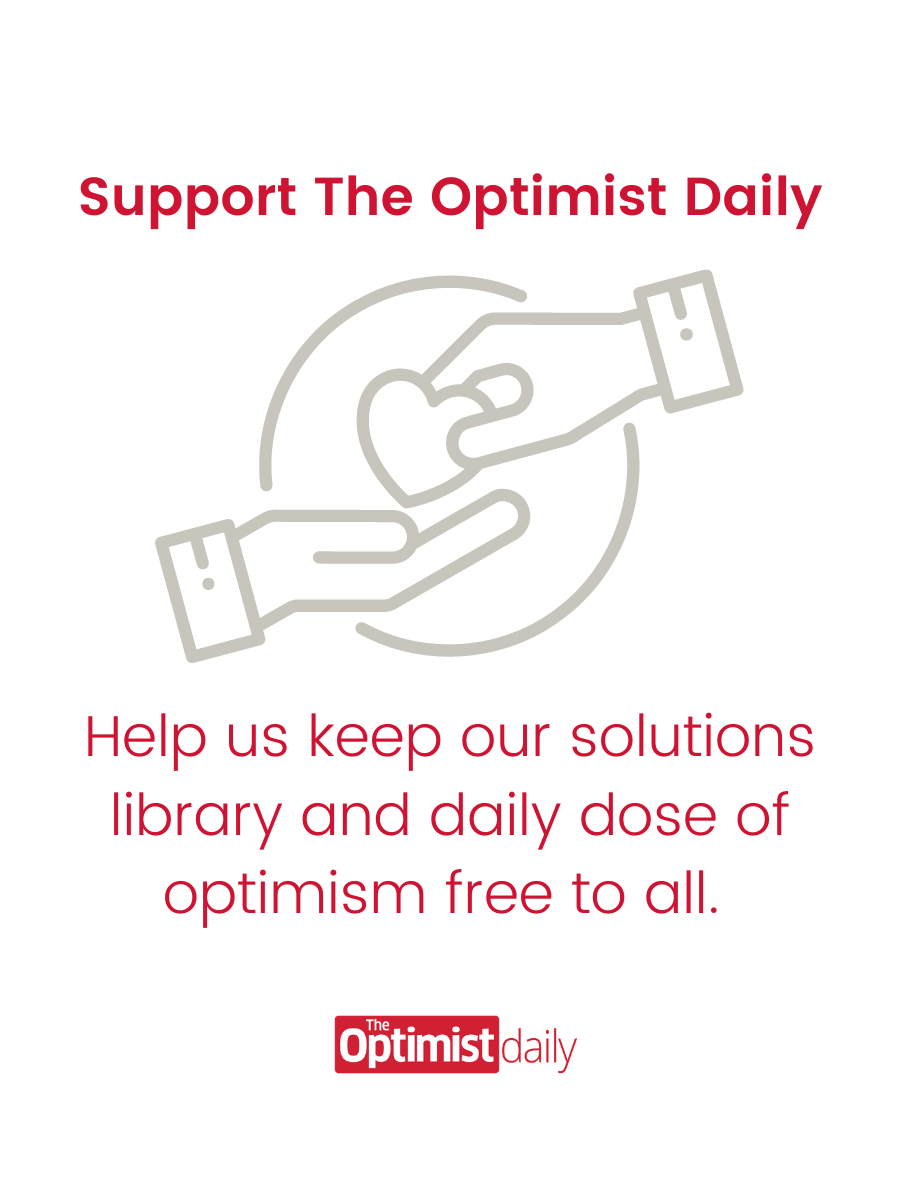The big obstacle in tracking the dangers of toxic substances
It’s not easy to gauge the overall impact of chemicals on your health – and that’s not only because of ethical objections to using human test subjects. The biggest obstacle is that it’s impossible to research what chemicals do in combination with one another–which is what happens in real life, outside the laboratory. The materials and amounts of chemical exposure vary for each person. We don’t all live in the same place. We don’t all eat the same food. We don’t all have the same products in our homes. And some of us are mosr susceptible than others. There are simply too many variables. To truly determine the consequences of the mix of thousands of different substances in a human body, you would need an endless number of studies and test subjects: an impossible task.
“Just forget it. Proof is not available and sceptics are using that to their advantage,” says Vyvyan Howard, Professor of Bio-imaging at the Centre for Molecular Biosciences at the University of Ulster in Coleraine, Northern Ireland. “Today we’re coping with an unknown exposure to a complex mixture of tens of thousands of novel chemicals, and we should consider the possibility that this chemical soup is somehow related to modern diseases. We simply have no idea how we can prove it, but I would like to urge everyone to adopt the precautionary principle.”











